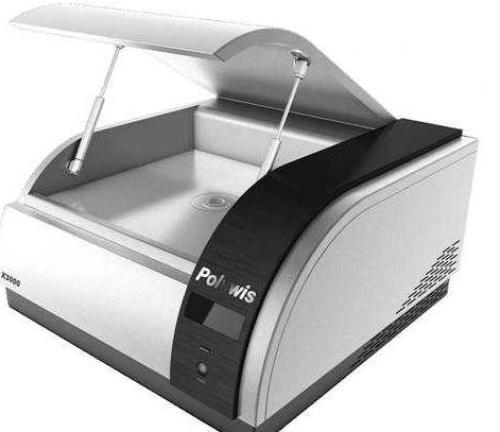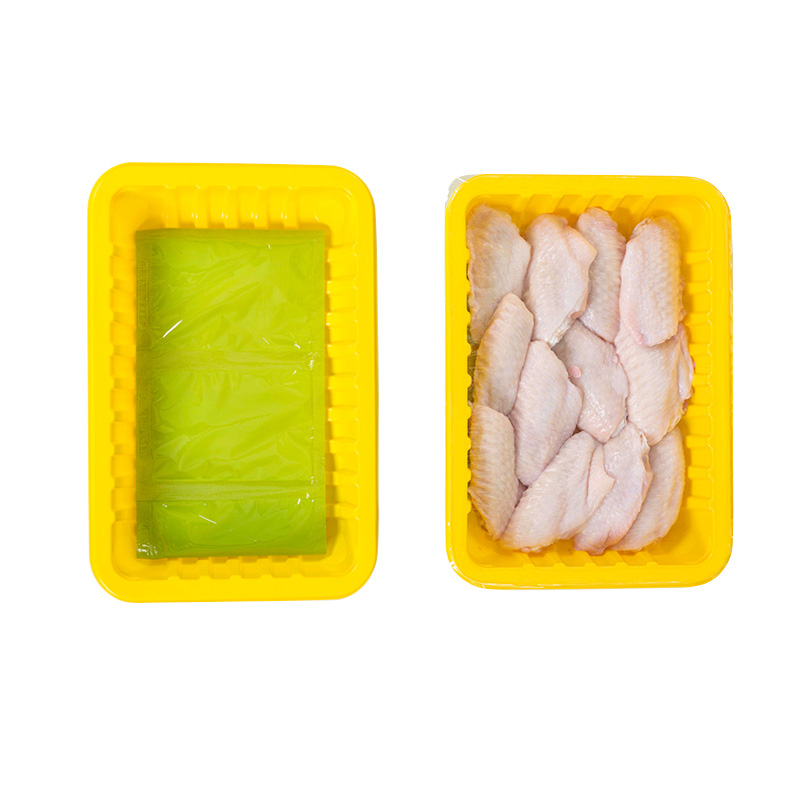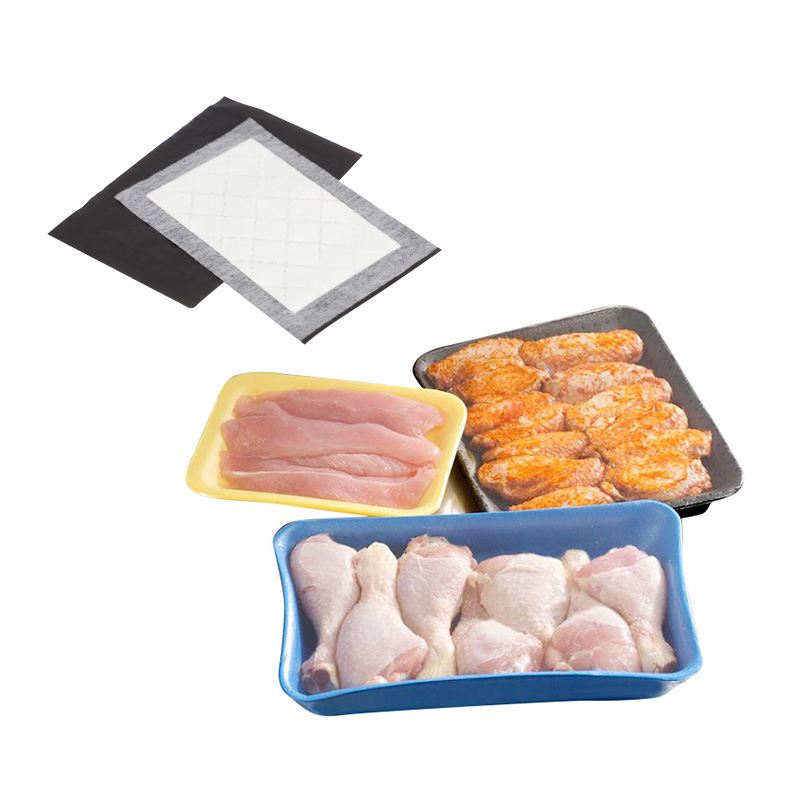
The precious metal non-destructive testing standard GB/T 18043-2013 "Measurement of jewelry precious metal content X-ray fluorescence spectrometry" was formally implemented on March 1, 2014.
There are many ways to test gold. However, the accuracy of any test method will be affected by many factors such as the condition of the test sample itself, the test environment, equipment, etc. In other words, no test method is absolutely accurate and omnipotent.
At present, there are two most commonly used methods for testing gold content:
One is non-destructive testing. The biggest advantage of non-destructive testing is that it does not destroy the inspection samples. Gold jewelry is used for sale. Imagine that if every piece of gold jewellery used for sale is destructively tested, then there is no point in the inspection itself. There are many methods for non-destructive testing. At present, the most widely used test method in the production field and inspection organization is the GB/T 18043-2013 "Determination of jewelry precious metal content by X-ray fluorescence spectrometry".
The other is the method of chemical analysis, the destructive test. Such as fire assay method, ICP analysis, potentiometric titration, ammonium chloroplatinum precipitation method, and so on. These methods are based on the premise of damage to the sample, and the sample cannot be reduced after the analysis. However, the biggest advantage of these methods is that the test results are very accurate. For example, the fire test method is the final arbitration method for gold jewelry.
The newly implemented GB/T 18043-2013 "Determination of Precious Metals Content in Jewelry X-Ray Fluorescence Spectrometry" provides a series of strict regulations and restrictions on the inspection process to achieve more precise control of inspection results.
The new version of the standard stipulates that "the measurement result of a sample shall be expressed in thousands of fractions and be retained in one place", that is to say, the highest gold level measured by this method is only 1,000 gold. For higher levels of gold jewelry, 9999, 99999, and even more 9 are not available unless they are tested in the factory using destructive testing methods. Therefore, the gold jewelry on the market that is confirmed through non-destructive testing by third-party inspection agencies and sold on the counter, the common content labeling is mainly "full gold" and "thousands of gold", and the samples with solder joints are more likely to be labeled as "gold ".
For consumers who have testing needs, it is recommended that they first clarify the purpose of their own inspections, and then consult an inspection agency, according to the sample situation to choose their own, effective testing methods.
The function of the fresh absorbent pad is to absorb the excess residual liquid of fresh meat products, keep the product clean and beautiful, and ensure the hygienic quality and safety of the food. A good absorbent pad will automatically absorb excess blood and juices, ensuring that raw meat stays fresh looking for a long time. For refrigerators, freezer liners absorb moisture in the freezer, enhancing the attractiveness of the meat and dairy freezer, reducing odor and bacteria, and easing the cleaning of the freezer. For transportation, the absorbent pad can effectively keep the product from contaminating the packaging due to excess liquid during transportation and affecting the packaging effect. Tipack Absorbent Pads are all made of food grade environmentally friendly materials and comply with ISO and kosher certified global quality system requirements.
Tipack team provides 24-hour service to all customers from all over the world, which means you can contact us at any time. You can send us inquiries or emails and receive replies and updates within 24 hours. Tipack group is looking forward to making friends with more people from all over the world.


Poultry Absorbent Pads,Meat Absorbent Pads Poisonous,Meat Absorbent Pads Accidentally Cooked,Fish Poultry Absorbent Pads
Tipack Group , https://www.tipackgroup.com
